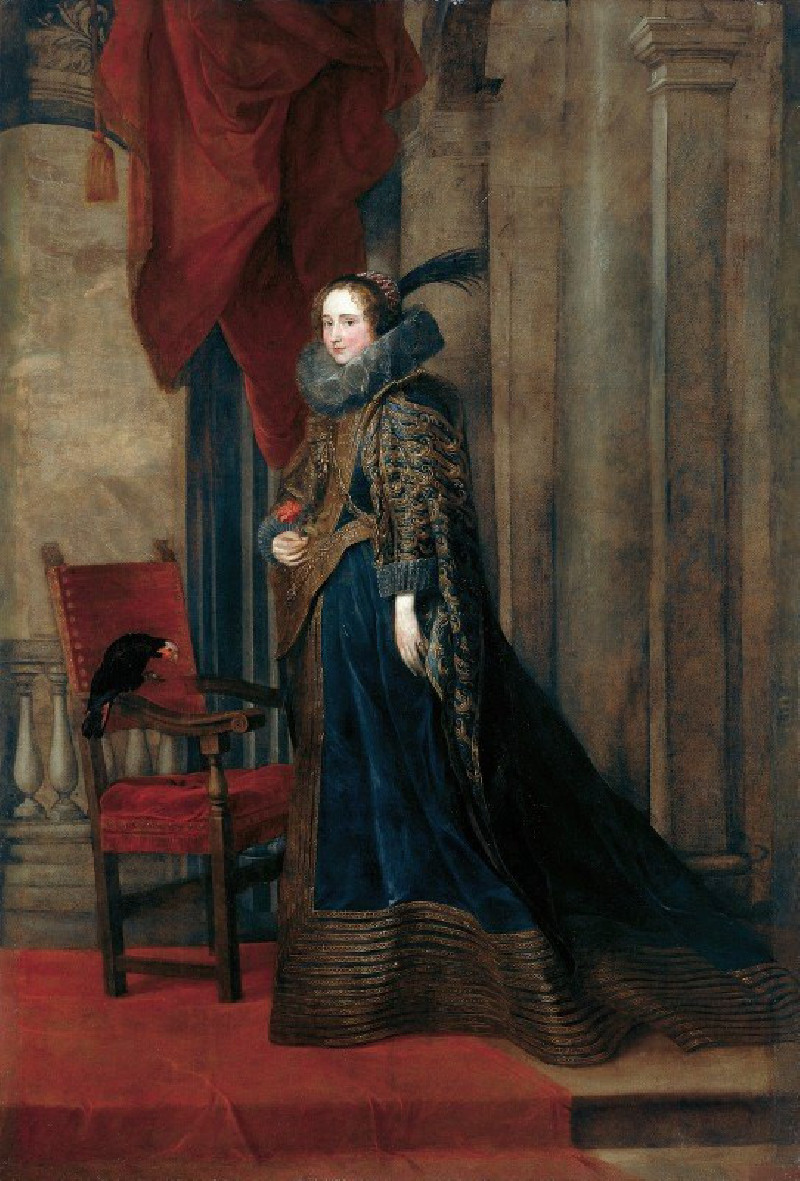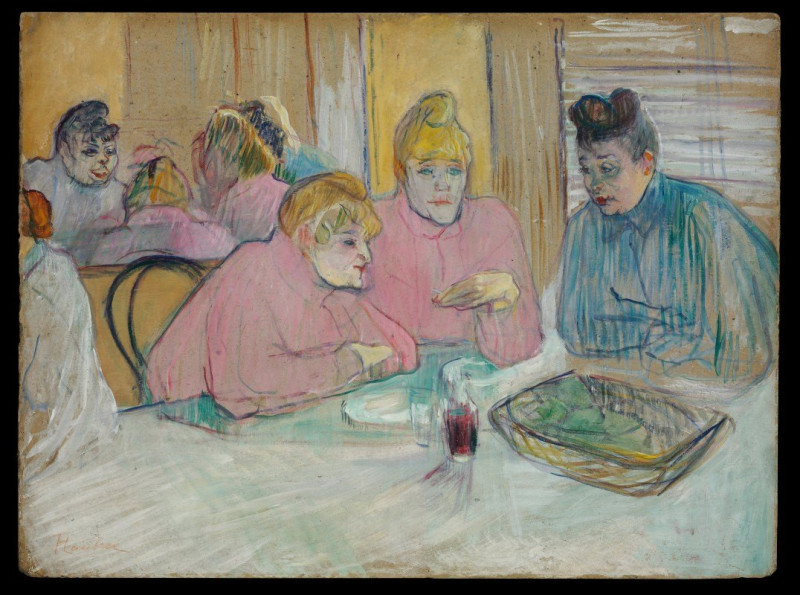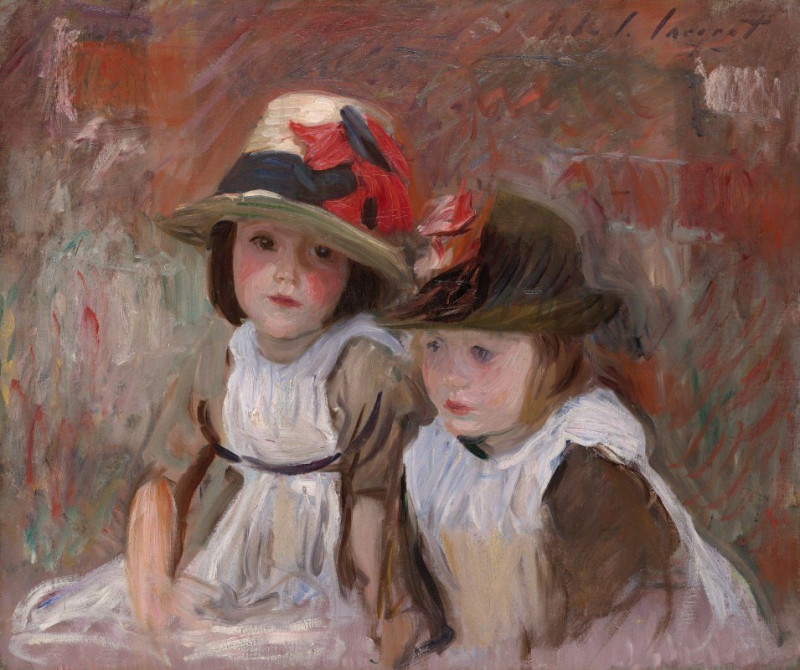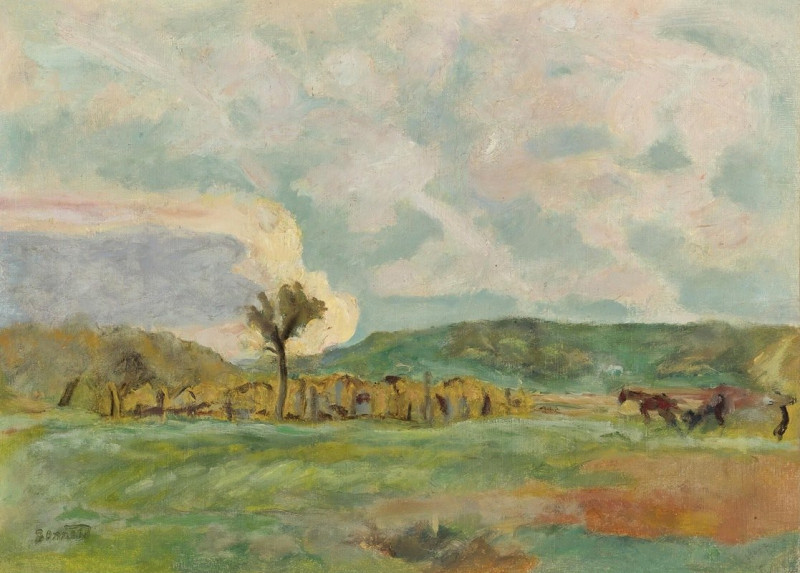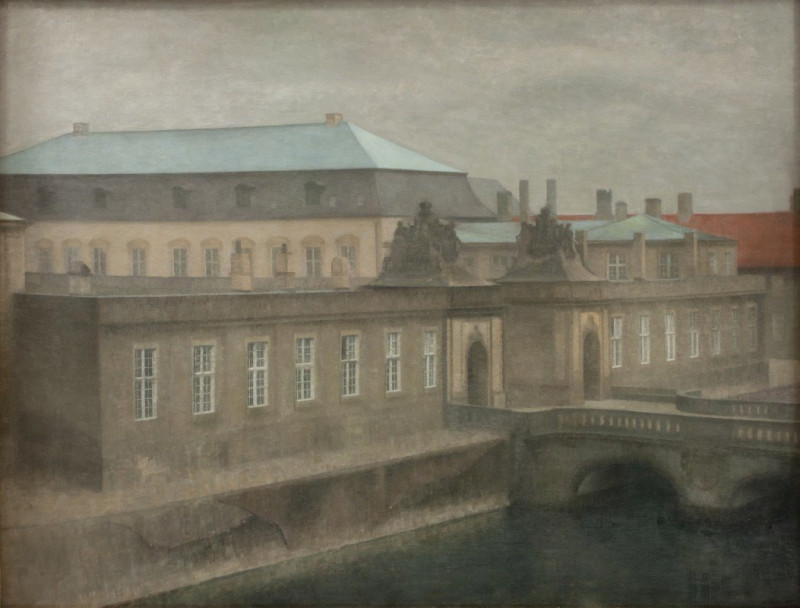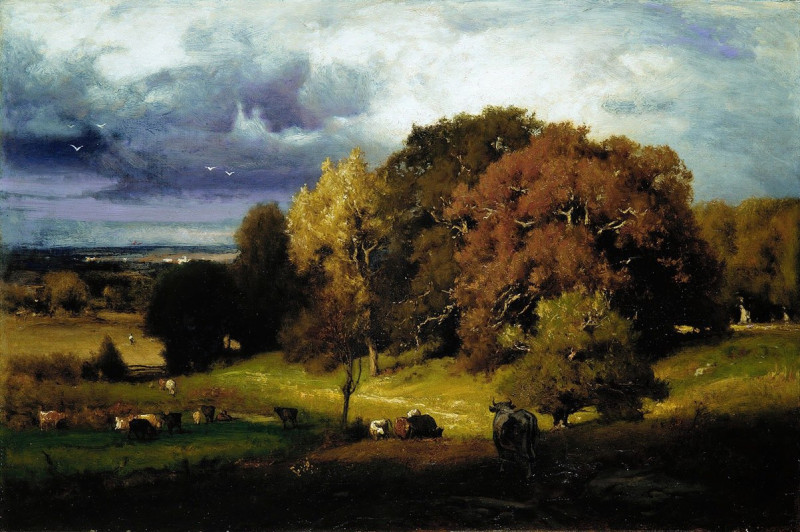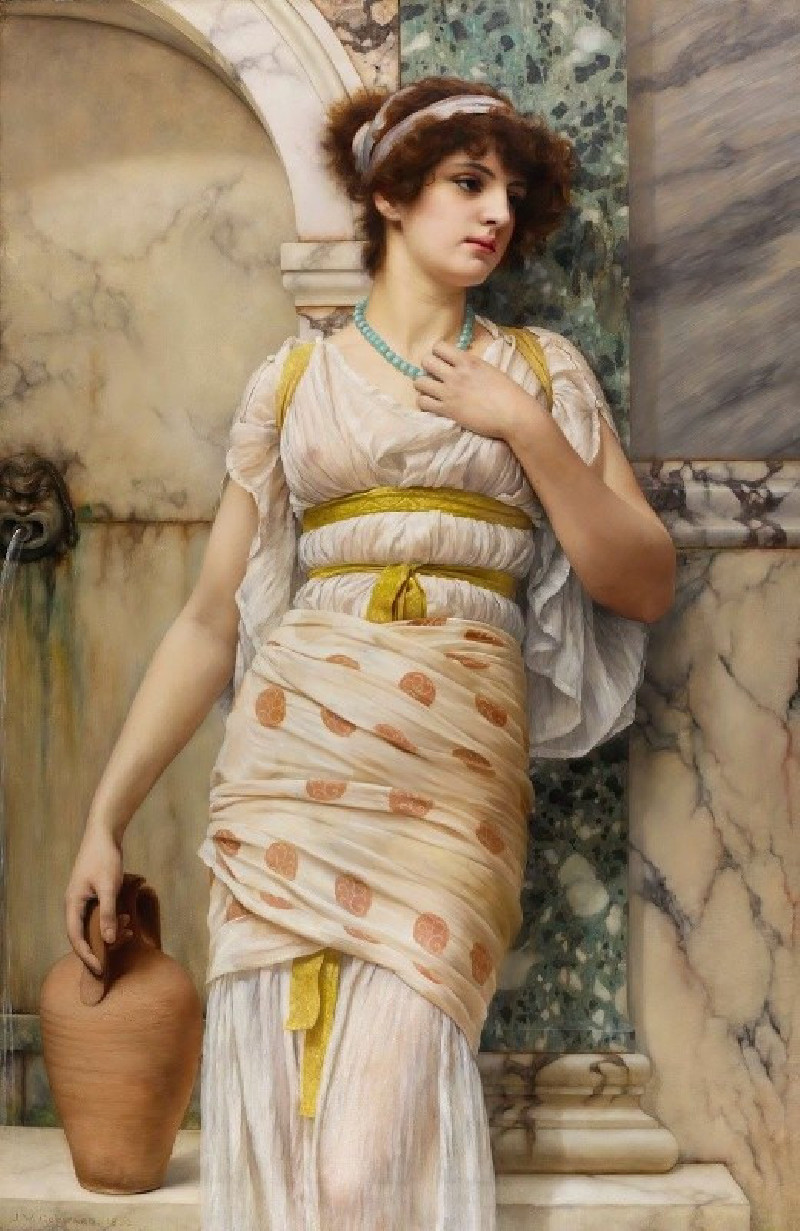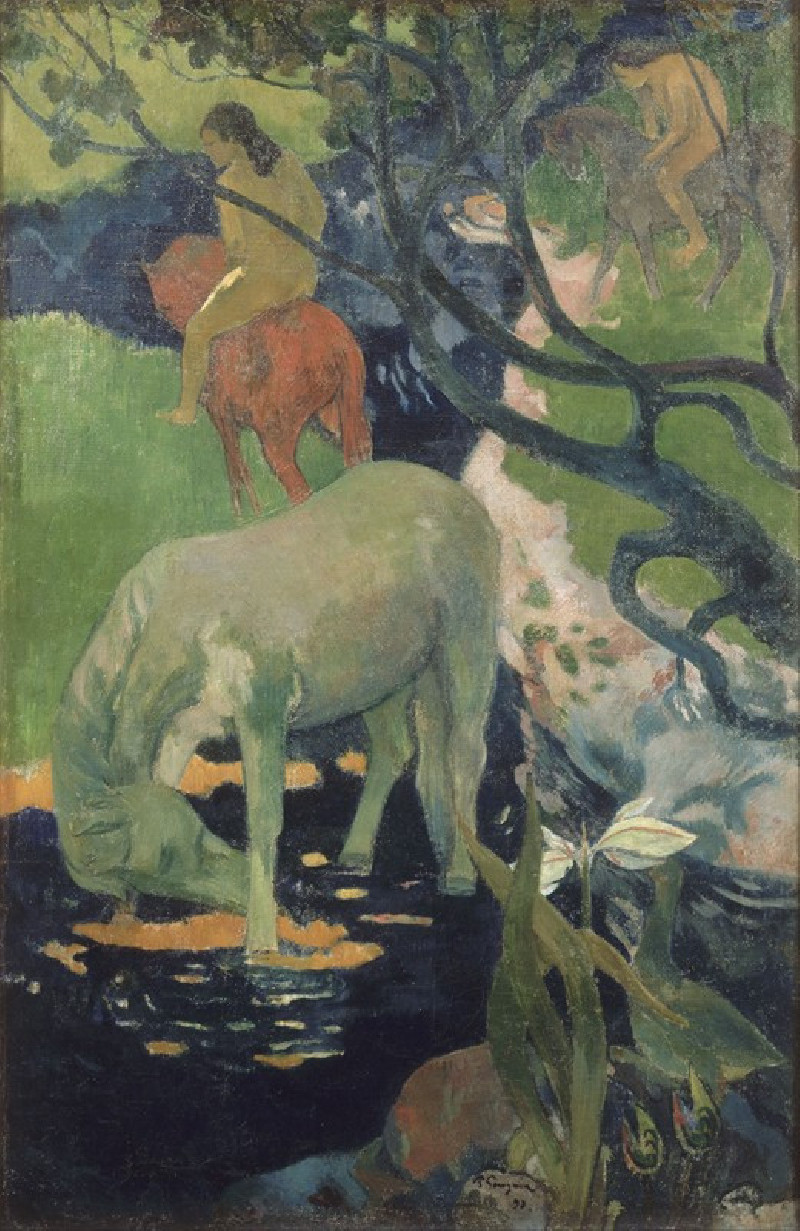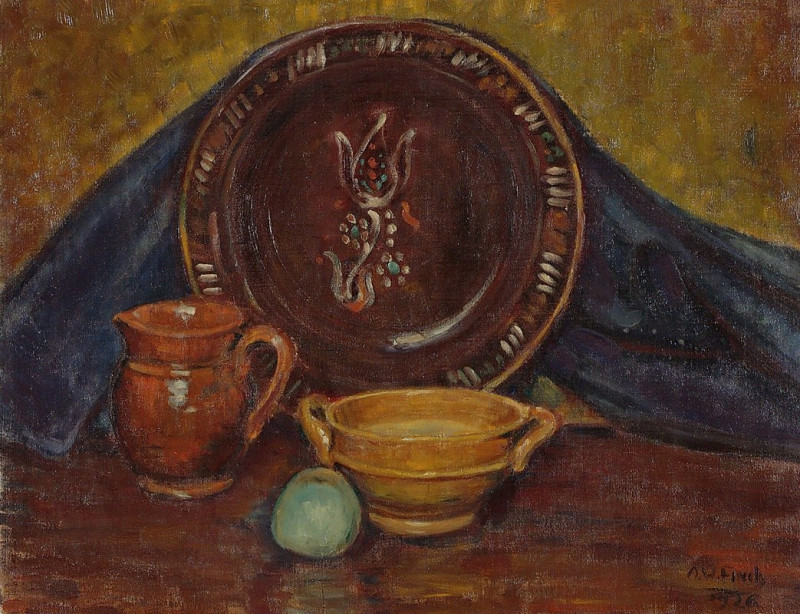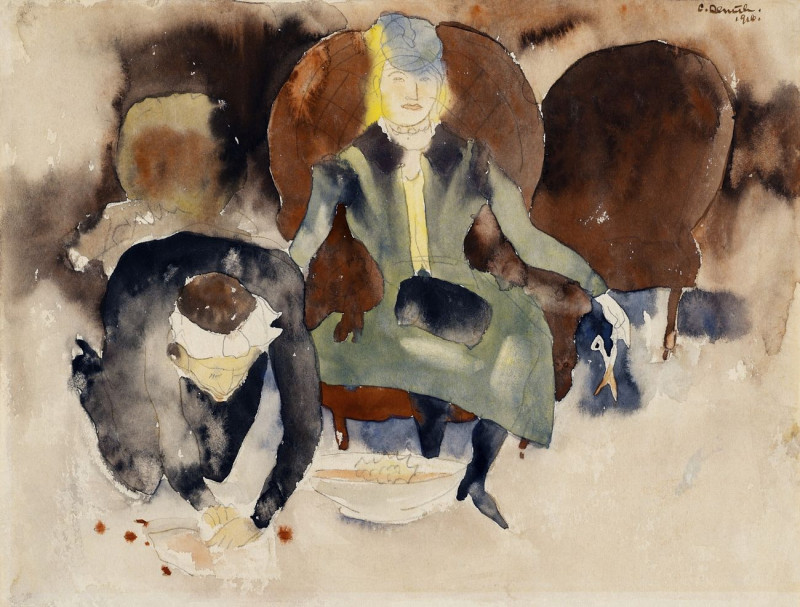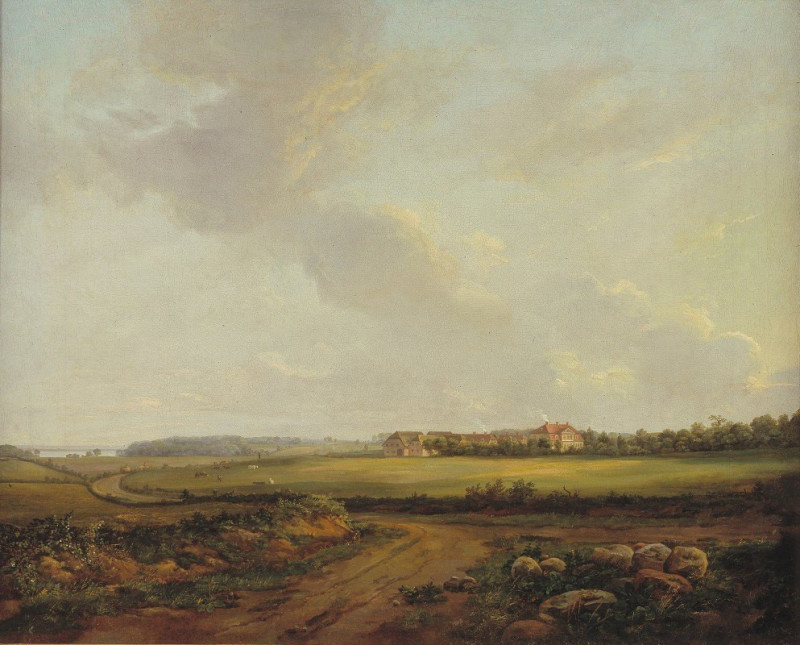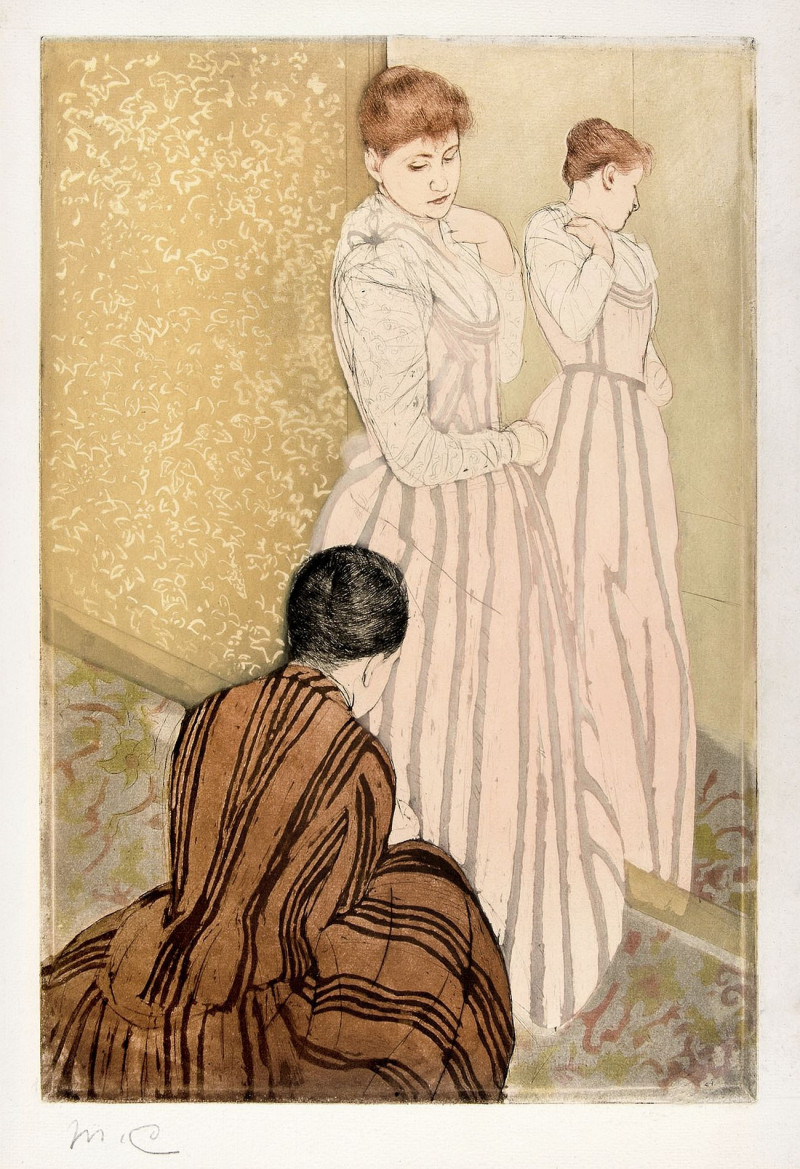Paolina Adorno Brignole-Sale (1627)
Technique: Giclée quality print
Recommended by our customers
More about this artwork
We are honored to present "Paolina Adorno Brignole-Sale," an exquisite portrait by the celebrated Flemish artist, Sir Anthony van Dyck, completed in 1627. This painting captures Paolina Adorno, a dignified Genoese noblewoman, exquisitely dressed, depicting the prestige and elegance of the era.In this remarkable artwork, Paolina is portrayed standing alongside classical architecture, suggesting a setting of noble heritage and timeless grandeur. Her attire, richly adorned with golden embroideries on a deep blue and black gown, reflects the luxurious fashion of 17th-century aristocracy. The opulent dress is complemented by an eye-catching, broad lace collar, enhancing her poised demeanor.A large red drape adds a dramatic background to the composition, enriching the scene with a vivid splash of color that contrasts beautifully with the darker tones of her dress. Beside her, a red chair holds an equally arresting black hat, suggesting her readiness for an outdoor venture, while a curious bird perched nearby adds a lively element to the serene setting.This painting not only showcases van Dyck's mastery in portraying the nobility with grace and sophistication but also serves as a historical window into the fashion and societal status of the period. It remains a testament to the artist’s ability to capture the essence of his subjects with emotional depth and fine detail.
Delivery
Returns
Sir Anthony van Dyck (1599 – 1641) was a Flemish Baroque artist who became the leading court painter in England after success in the Spanish Netherlands and Italy.
The seventh child of Frans van Dyck, a wealthy Antwerp silk merchant, Anthony painted from an early age. He was successful as an independent painter in his late teens, and became a master in the Antwerp guild in 1618. By this time he was working in the studio of the leading northern painter of the day, Peter Paul Rubens, who became a major influence on his work.

